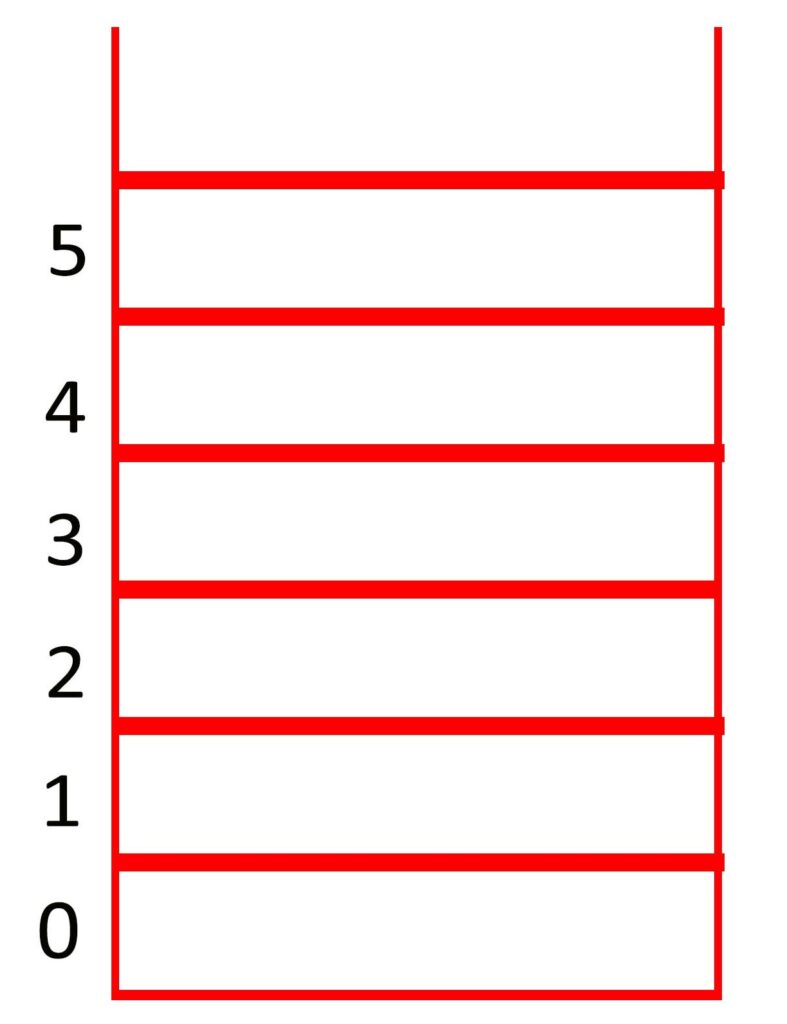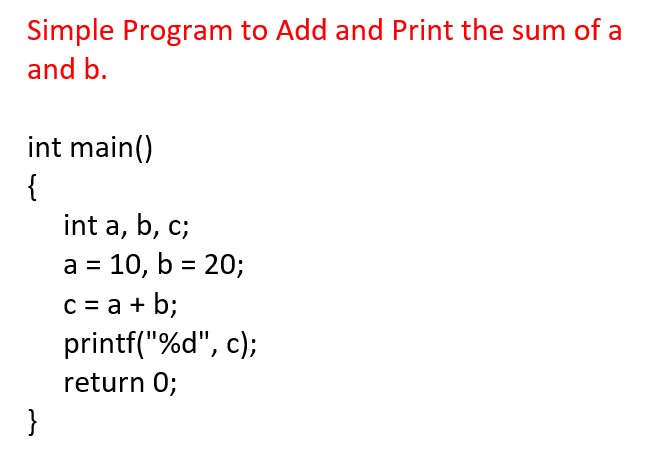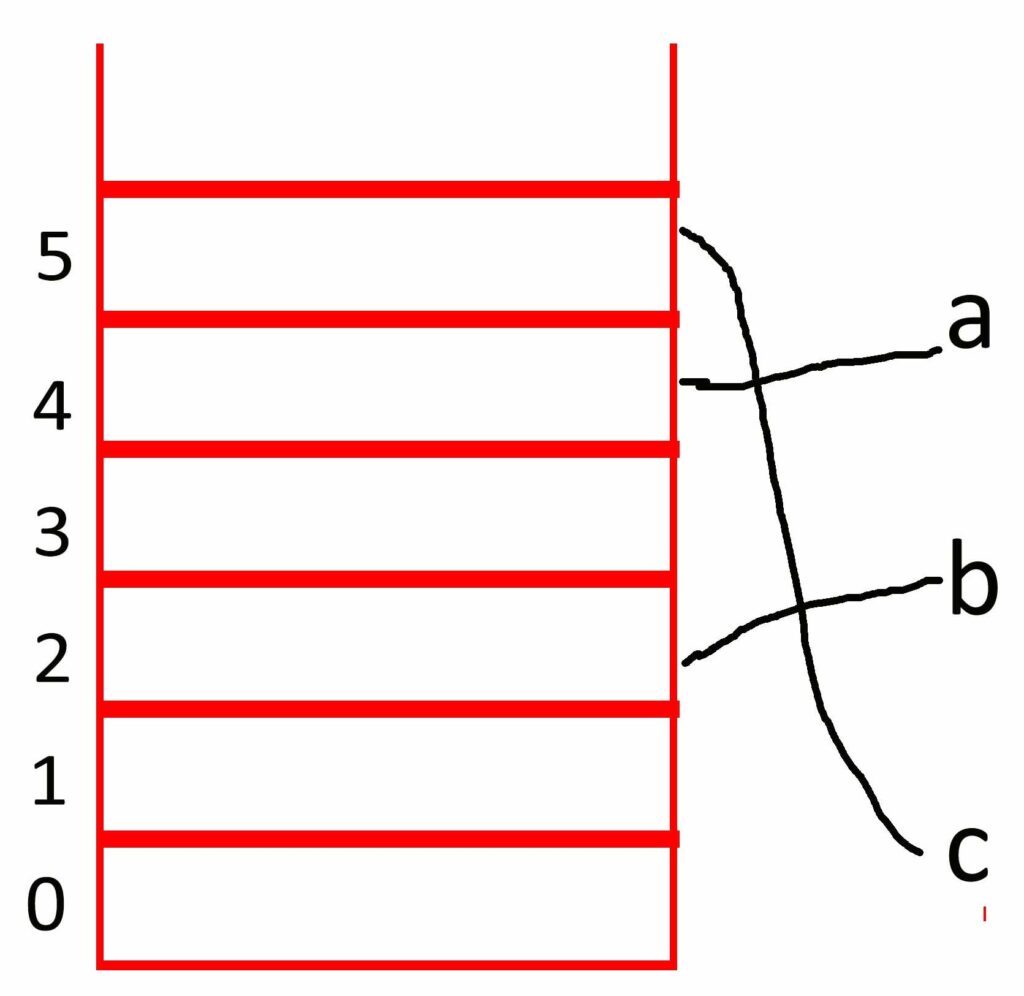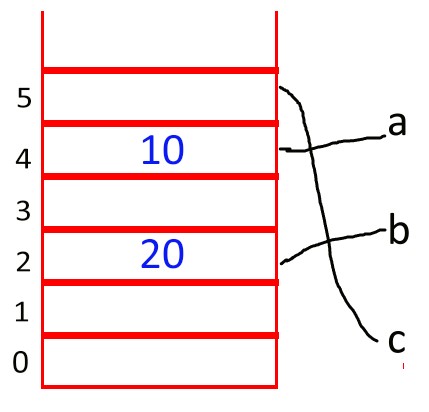Variables in C
In this class, we will try to understand Variables in C Programming.
For Complete YouTube Video: Click Here
Before understanding the definition of variables, we will understand how we will learn this course.
In this course, we will understand the concepts with respect to memory.
What does that mean?
It means, whenever a line of code is executed, we will visualize the impact created by a line of code on memory.
Visualizing Memory
Let us visualize the memory.
The image below shows how a memory can be visualized.

In the above image, the memory is divided into blocks. An address uniquely represents each block.
Variable Definition
Now let us understand the variables. Consider the program we have discussed in our first class.

The first line of the program is as shown below.
int a, b, c;
In the above line, int represents a datatype.
Int data type means variables a, b, c can store only integers.
a, b, c are the variables in the program.
What is meant by a variable?
Variable is the name of the memory location used to store a value.The value of a variable can be changed from time to time during the execution of the program.
The definition states that a, b, and c represents the names of the memory locations.
Allocation of Memory to Variables
When the line of code is executed, the compile will allocate the memory locations to the variables.
The allocation is random, and it is shown in the image below.

From the image, we can understand that a is allocated to the fourth memory location, b is allocated to the second memory location, and c is allocated to the fifth memory location.
So far, memory locations are allocated.
However, the values are not assigned to those locations.
Assigning Values to the Variables
Let us check the second line of the program.
a = 10, b = 20;
In the second line, the variables a and b are assigned with values 10 and 20.
The image below shows how the impact is created after executing the second line of the program.

In the above program, the first two lines can be made into one line by assigning the values to the variable during the declaration itself.
The modified program is as shown below.
int a = 10, b = 20, c;
The declaration and assignment of the variables can be done in one single line.
Changing the values of the variables
The definition also states that the value of a variable can be changed from time to time during the program’s execution.
To understand this point, we will consider the program given below.

The first two lines state that a, b, c variables are declared, and a and b are assigned 10 and 20.
In the third line of the program, a is assigned to 30.
Now the value of a which is previously stored with ten is overwritten with 30.
Similarly, after executing the fourth line of the program, the value b will be overwritten with 40.

The image above shows the memory with change in values.
